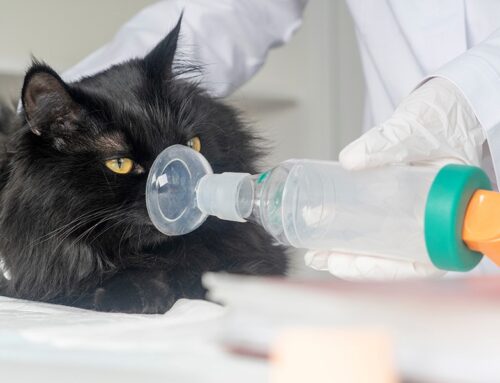Wing clipping is a common practice that many bird owners consider to keep their feathered friends safe. However, like any pet care decision, it has its pros and cons, and it’s essential to understand both to make the right choice for your bird’s wellbeing.
Here, Forestside Vets explores what wing clipping is, its potential benefits, and the aspects to consider before deciding.
What is Wing Clipping?
Wing clipping involves trimming the feathers on a bird’s wings to limit its ability to fly long distances. It’s usually done by trimming the primary feathers—the long feathers on the tips of the wings—while leaving others intact for a natural appearance. This is a non-painful procedure when done correctly, as it only removes feathers and doesn’t damage the wing itself.
Benefits of Wing Clipping
- Safety: Birds that live indoors can face risks from windows, mirrors, fans, and other hazards. Wing clipping reduces the chance of injury from flying into dangerous areas.
- Preventing Escape: By limiting flight, clipping helps prevent accidental escapes, which can be dangerous or even fatal for pet birds unprepared for outdoor life.
- Training: A clipped bird can be easier to handle and train, especially for first-time bird owners. Reduced flight ability may encourage bonding with their human caregivers rather than flying away.
- Controlled Exercise: Clipped wings limit excessive flight but still allow for exercise through hopping and fluttering, helping maintain some physical activity without full, unrestricted flight.
Considerations Before Clipping
- Impact on Mental Health: Birds are naturally designed to fly, and for many, flight is a vital part of their daily routine and mental wellbeing. Restricting flight can sometimes lead to stress, frustration, or even behavioural issues like feather plucking.
- Flight and Health: Flying provides essential exercise for birds, helping with muscle strength and respiratory health. Limiting flight through clipping may affect their physical conditioning.
- Injury Risk: Without flight ability, a bird is more susceptible to injuries from falls. They may not be able to safely glide or control their landings, leading to potential injuries.
- Regrowth: Wing feathers regrow over time, so clipping isn’t permanent. Regular trims are needed to maintain clipped wings, requiring trips to a veterinary clinic or an experienced groomer.
Alternatives to Wing Clipping
For those uncomfortable with clipping, consider flight training and recall training. These methods focus on teaching a bird to come when called and to fly under controlled conditions. In addition, aviary setups that allow for flight but are enclosed offer a balance between safety and the freedom of flight.
Is Wing Clipping Right for Your Bird?
Ultimately, the decision to clip wings is personal and should consider your bird’s personality, environment, and specific needs. Consulting with an avian vet is highly recommended to help you weigh the benefits and risks for your particular bird.
At Forestside Vets, our team is here to help you make informed decisions about your pet’s health. Whether you’re considering wing clipping or seeking advice on flight training, our vets can provide professional guidance to support your bird’s physical and mental wellbeing.



